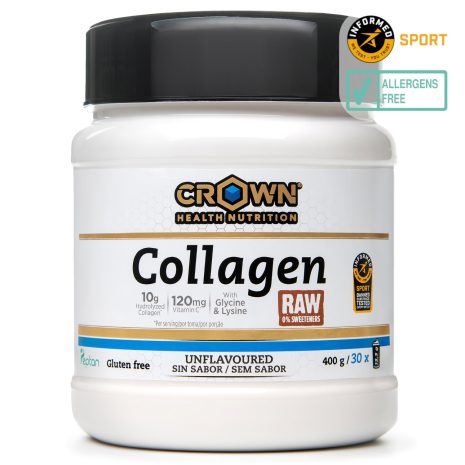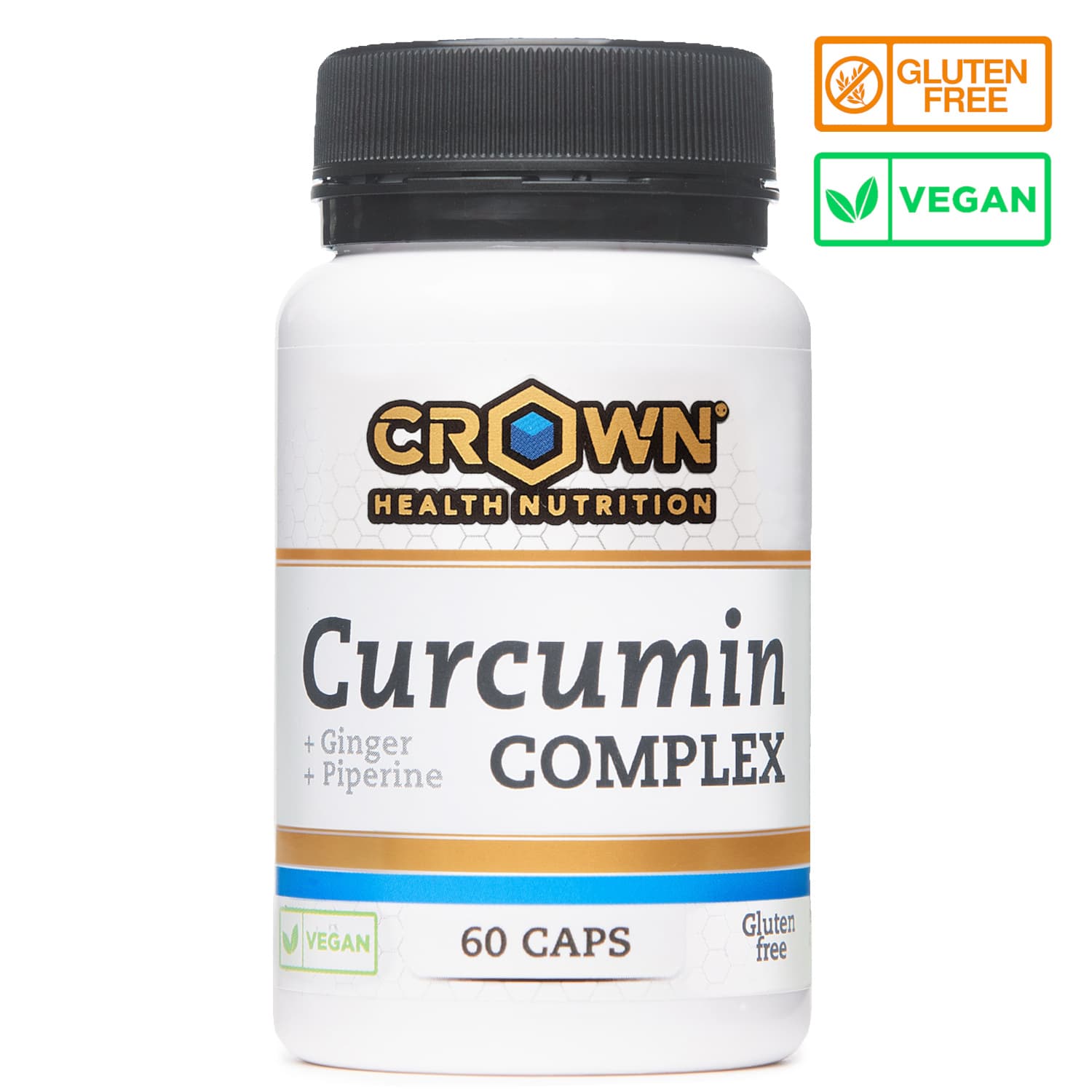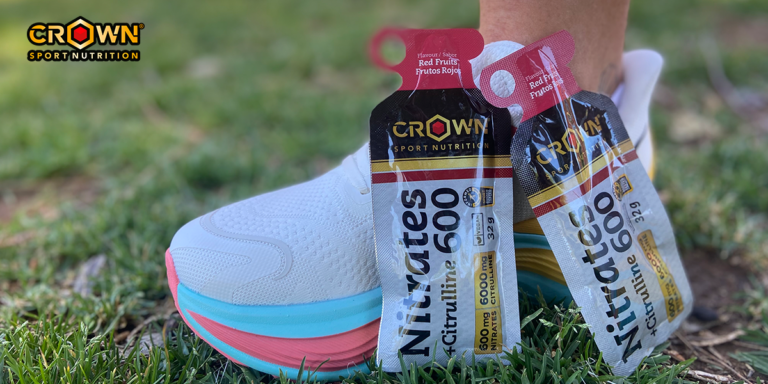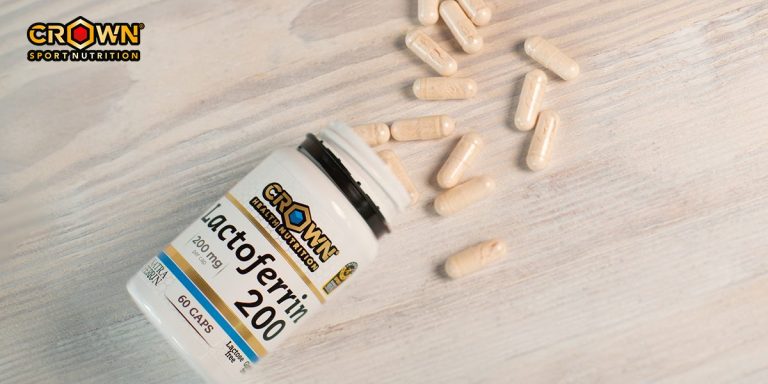During autumn and winter, low temperatures can increase muscle stiffness and joint discomfort, especially in athletes who train outdoors or maintain a high training load. Take care of joints in cold weather.
Cold weather affects the functioning of connective tissue and can make its regeneration more difficult.
How can you protect your joints during the cold months? Below, we answer the most common questions based on science and sports nutrition.
Why do joints hurt more when it’s cold?
Cold weather causes vasoconstriction, a reduction in blood flow to muscles and joints.
This means less oxygen and nutrients reach these areas, which can lead to a feeling of stiffness and reduced mobility.
In addition, low temperatures decrease muscle temperature and the temperature of the synovial fluid —the fluid that lubricates the joints— making movement less smooth.
Cold weather doesn’t cause injuries, but it can aggravate existing discomfort or slow down recovery.
Which joints are most affected in cold weather?
The joints most exposed to the cold or under greater mechanical stress are usually the ones that suffer the most:
- Knees and ankles, due to repeated impact from running or jumping.
- Hips, due to muscle tightness and loss of mobility.
- Shoulders and elbows, in strength sports or swimming.
💡 Cold acts as an “amplifier” of small overloads that are already present.
How does the body naturally regenerate joint tissue?
The body repairs connective tissue daily through the synthesis of collagen, a structural protein that requires specific nutrients:
- Amino acids (glycine, proline, lysine) from meat, fish, eggs, and legumes.
- Vitamin C, essential for collagen formation, found in citrus fruits, kiwi, peppers, and broccoli.
- Minerals such as zinc and copper, which help stabilize collagen structure, present in shellfish, nuts, and whole grains.
A balanced diet ensures that these nutrients are available, allowing the body to maintain its natural repair capacity.
Why does cold weather make regeneration more difficult?
Because vasoconstriction reduces the delivery of nutrients and oxygen precisely when the body needs them most.
With less blood flow, connective tissue repair slows down, and mechanical stress from training can accumulate.
The body reacts to this situation with mild local inflammation —a natural protective response— but if it persists, it can increase stiffness and discomfort.
What role does inflammation play in joint pain during cold weather?
Inflammation is part of the recovery process: it helps remove waste products and repair damaged tissue.
The problem arises when inflammation remains active for too long, which is common in cold environments, repetitive effort, or poor recovery.
A good strategy to control it includes a diet rich in natural antioxidants (fruits, vegetables, extra virgin olive oil, nuts) and anti-inflammatory compounds, such as curcumin from turmeric.
Scientific evidence shows that these compounds can reduce discomfort without interfering with training adaptations.
💡 Managing inflammation doesn’t mean eliminating it, but keeping it under control to promote proper recovery.
What role does collagen play in joint health?
Collagen is the protein that provides structure, elasticity, and strength to connective tissues.
With age or heavy training load, its natural production decreases, which can result in a lower regeneration capacity.
An adequate intake of collagen —along with a diet rich in vitamin C and high-quality proteins— helps repair cartilage and tendons and maintain mobility and joint strength.
What habits help prevent joint discomfort in winter?
- Warm up properly before exercise to activate circulation.
- Keep muscles warm with proper clothing or active movements between sets.
- Stay hydrated, even if you feel less thirsty.
- Get enough sleep, as tissue regeneration occurs mainly during rest.
- Follow a diet rich in fruits, vegetables, proteins, and healthy fats, to provide all nutrients needed for connective tissue repair.
Taking care of your joints during the cold months is not just about comfort —it’s about maintaining performance and preventing injury.
With proper nutrition, recovery, and training management, you can keep your body strong and performing at its best all year long.

Collagen RAW (without sweeteners)
Formula of 10 g of high quality hydrolyzed bovine collagen type I (Peptan®), enriched with vitamin C, glycine and lysine, and free of sweeteners and allergens. Designed to enhance connective tissue health, promote joint regeneration and support intestinal health and microbiota care, it is the perfect choice for those seeking performance and comprehensive care. It contains no flavorings or sweeteners, and its neutral taste and excellent dissolution make it ideal for mixing without altering the taste of your beverages or foods. Free of gluten, lactose and Informed Sport banned substance tested.
*Envío gratis en pedidos superiores a 25€

Curcumin COMPLEX (60 caps)
Vegetable capsules with standardized extracts of Turmeric (95% curcuminoids and 41% curcumin), Ginger (5% gingerols), and Black Pepper (95% piperine). Synergistic formula with powerful anti-inflammatory and antioxidant effects, designed to help reduce post-exercise muscle soreness and improve joint health. Suitable for vegans and allergen-free.
Cápsulas con Cúrcuma, Jengibre y Piperina (Pimienta negra)
*Envío gratis en pedidos superiores a 25€








